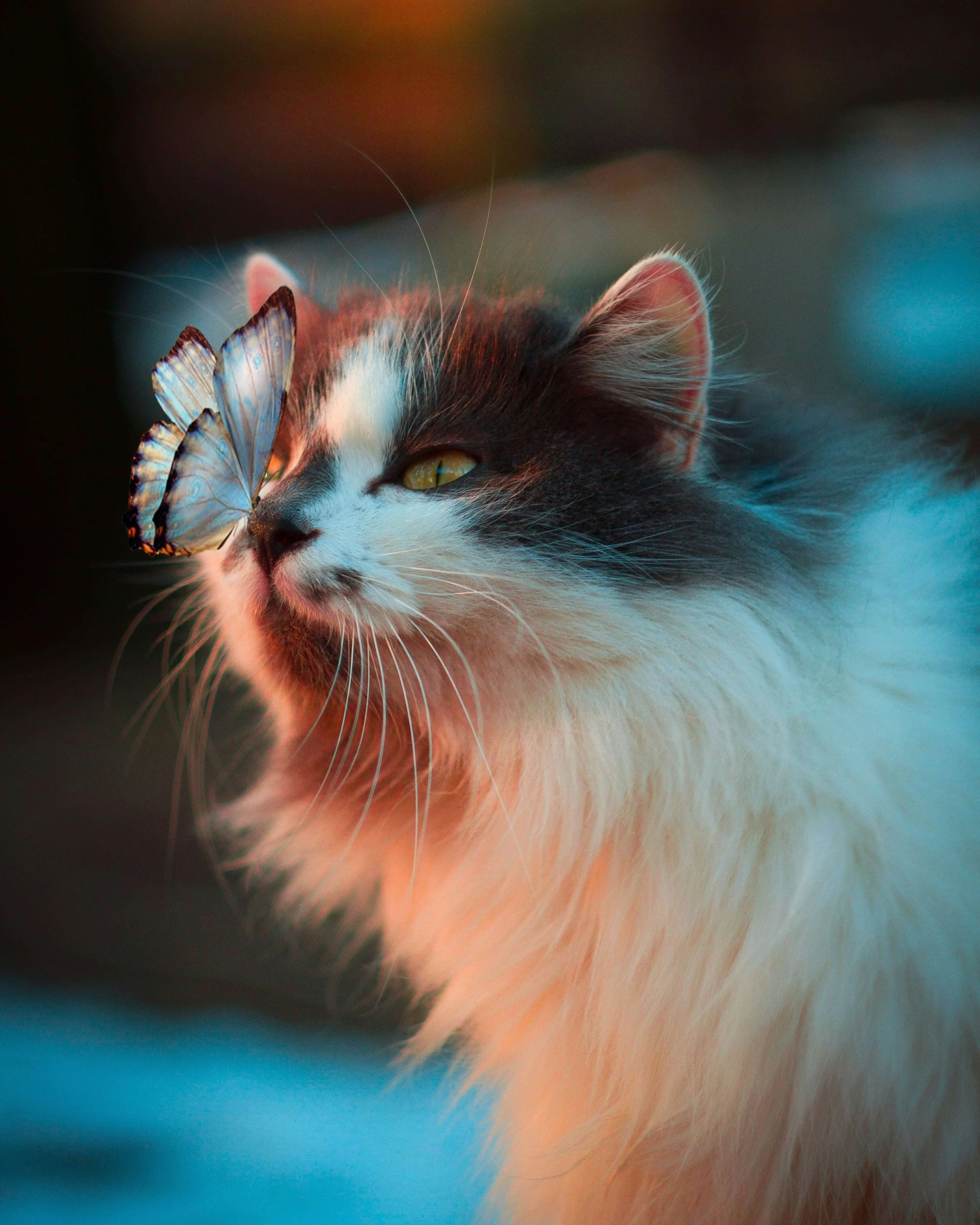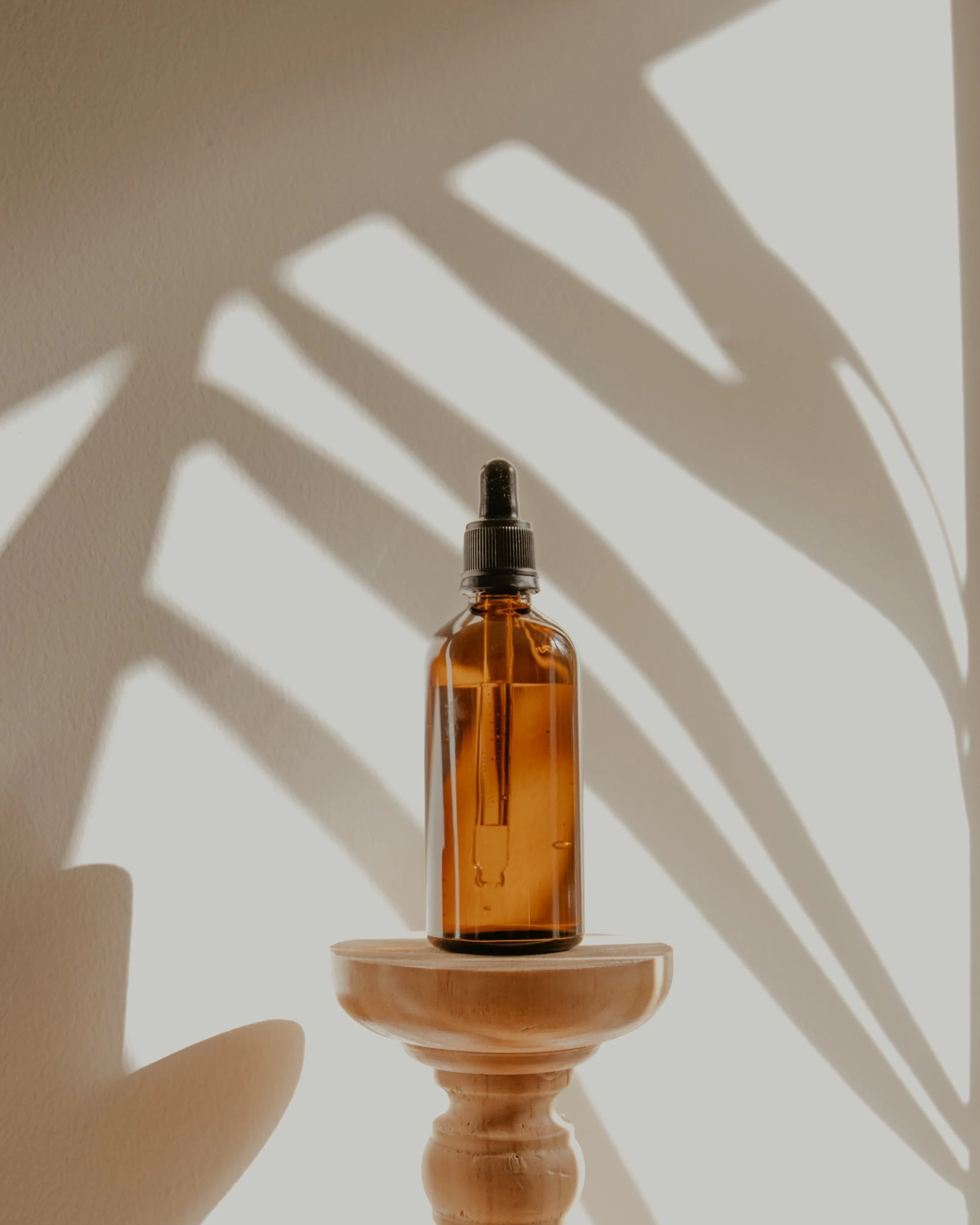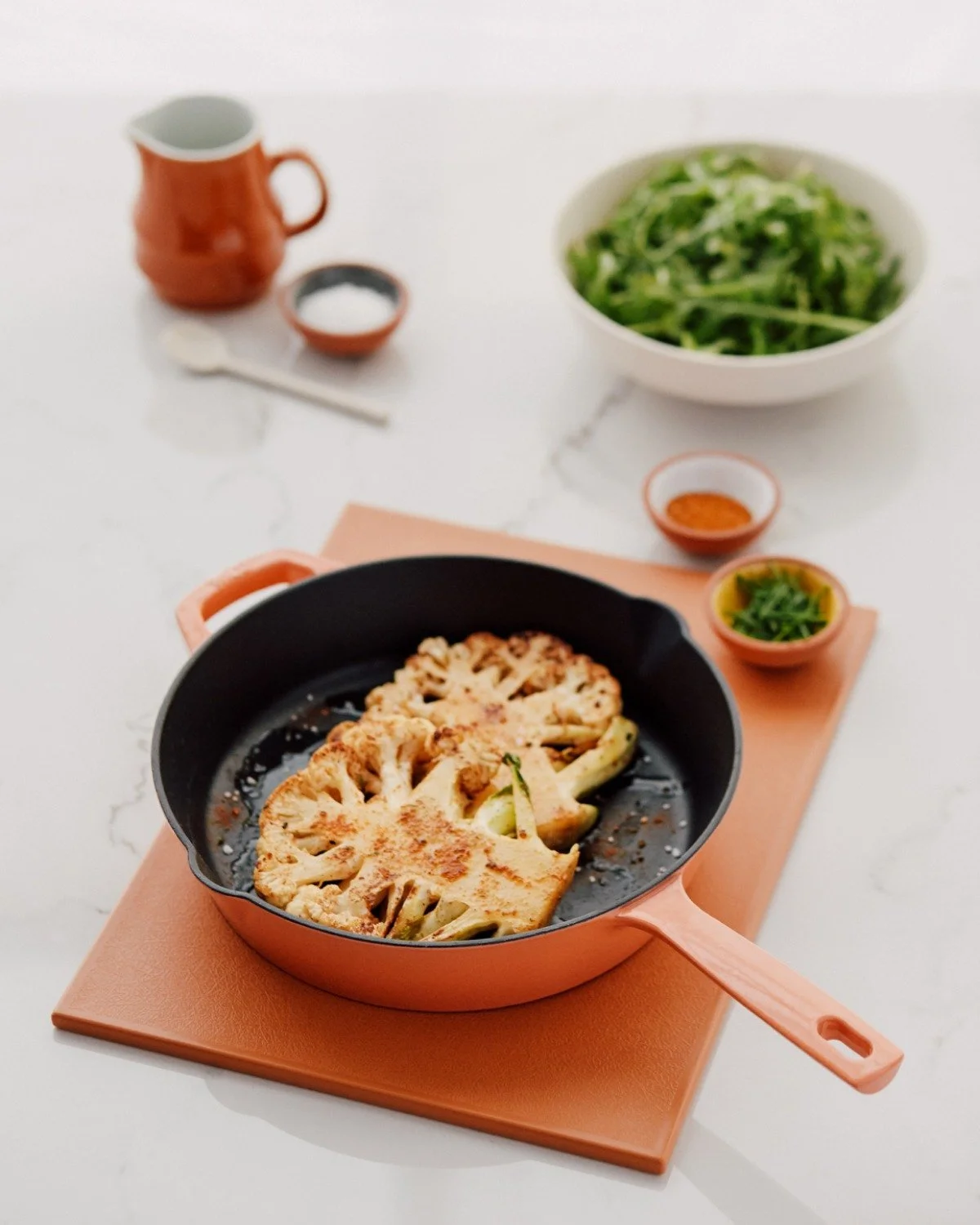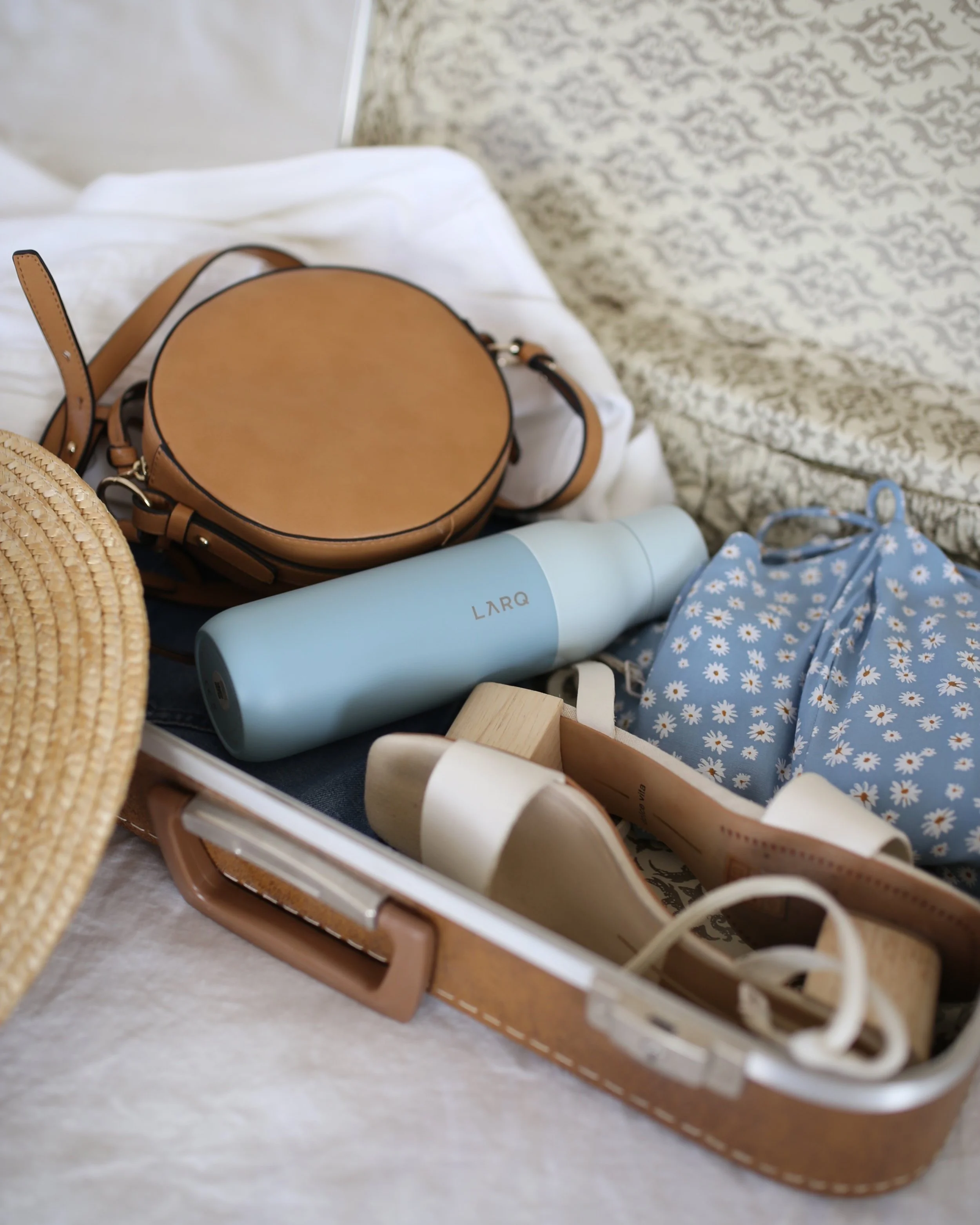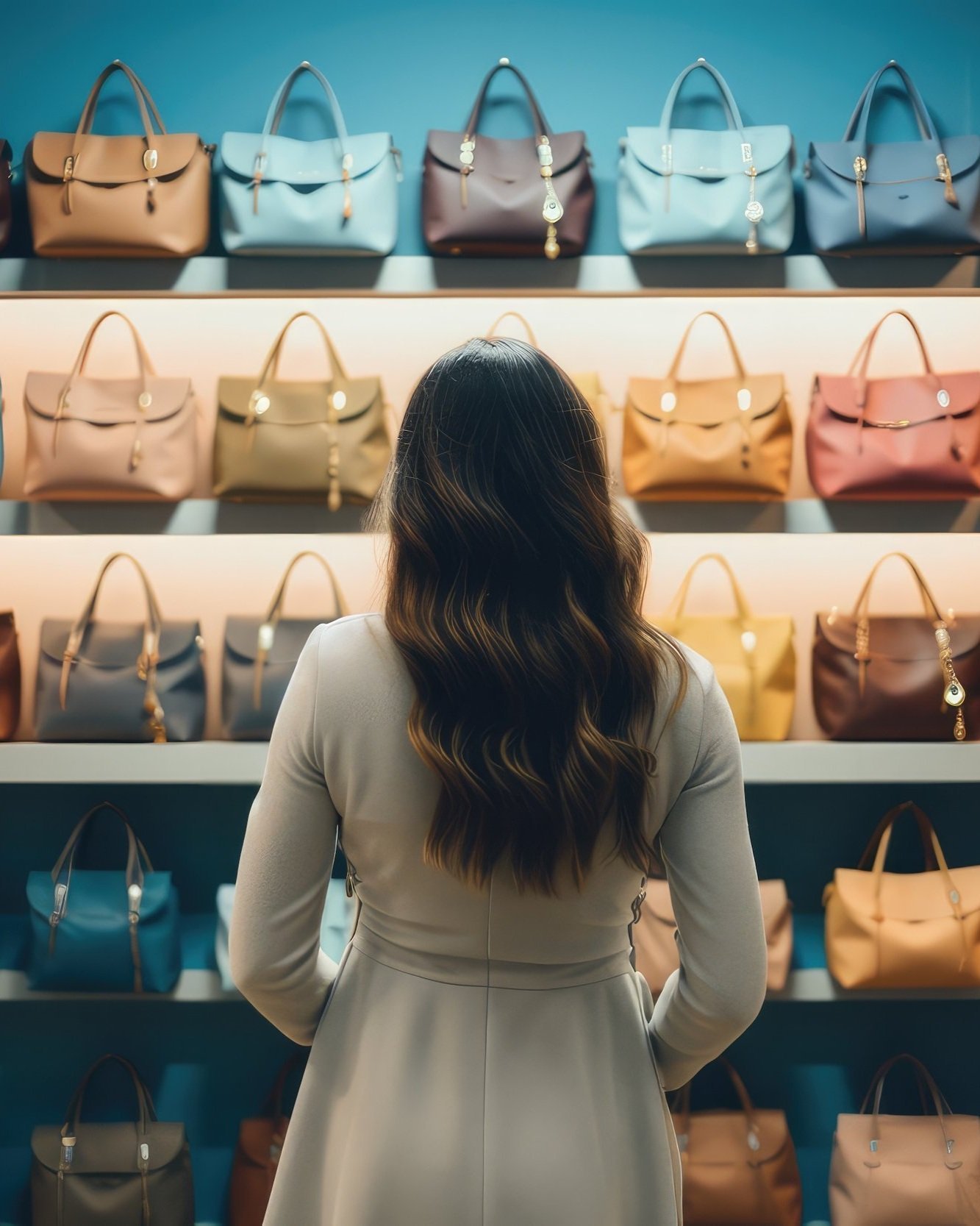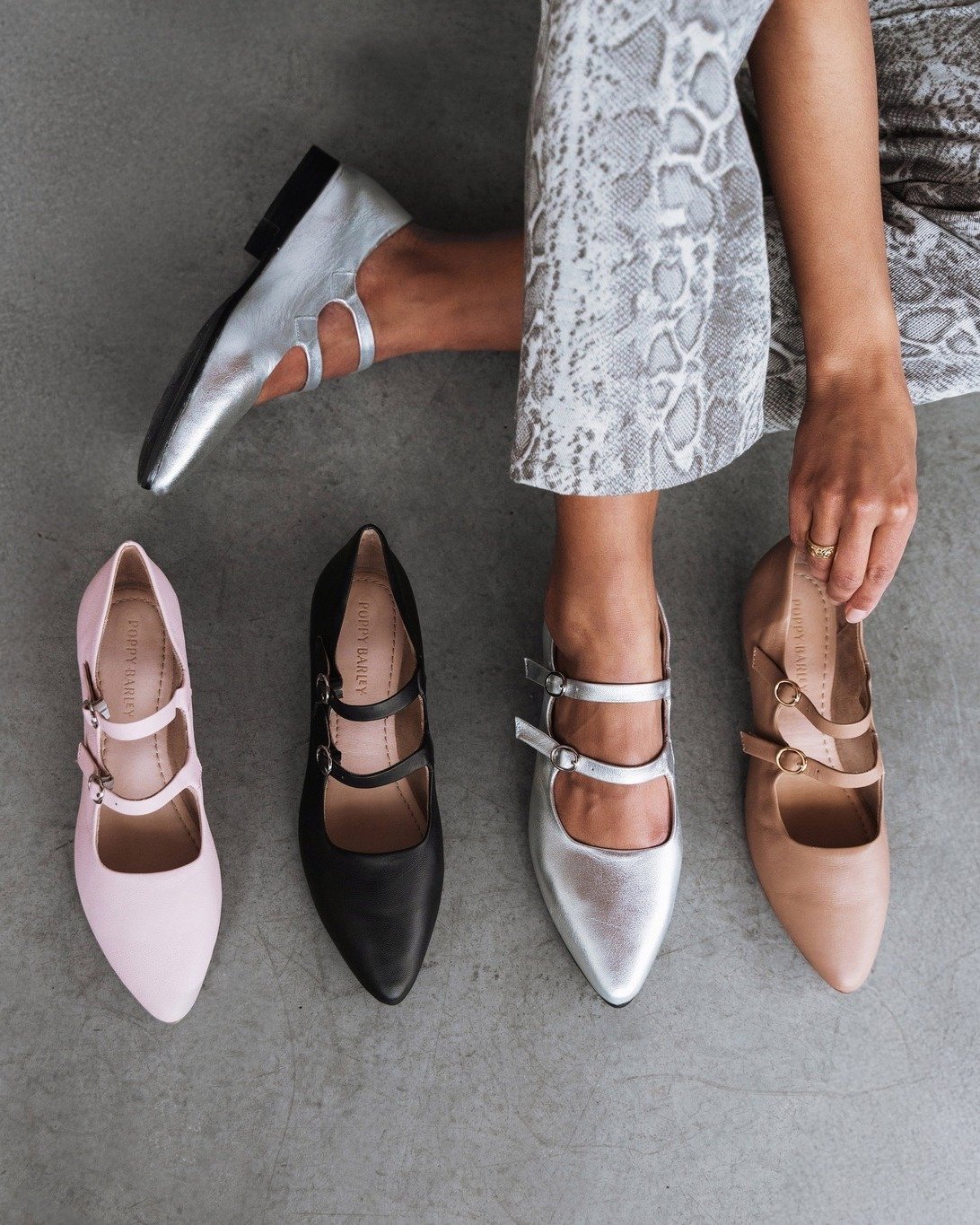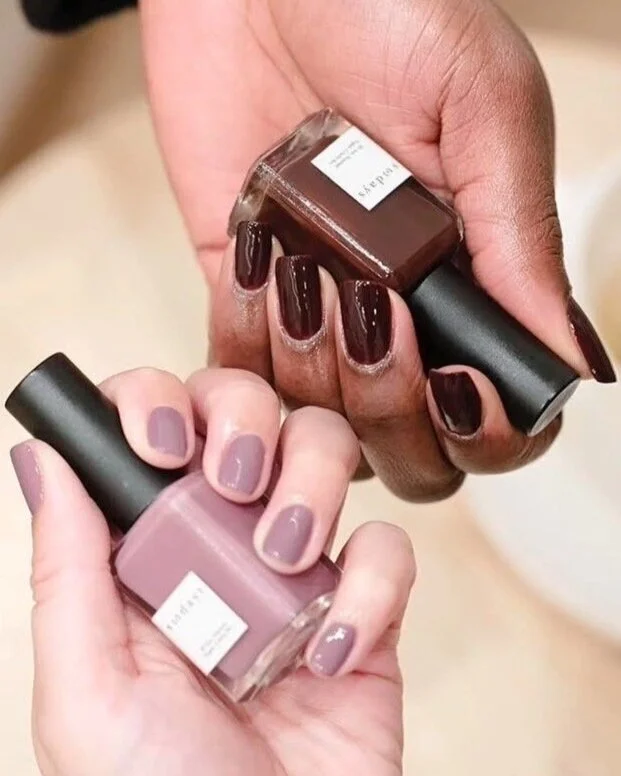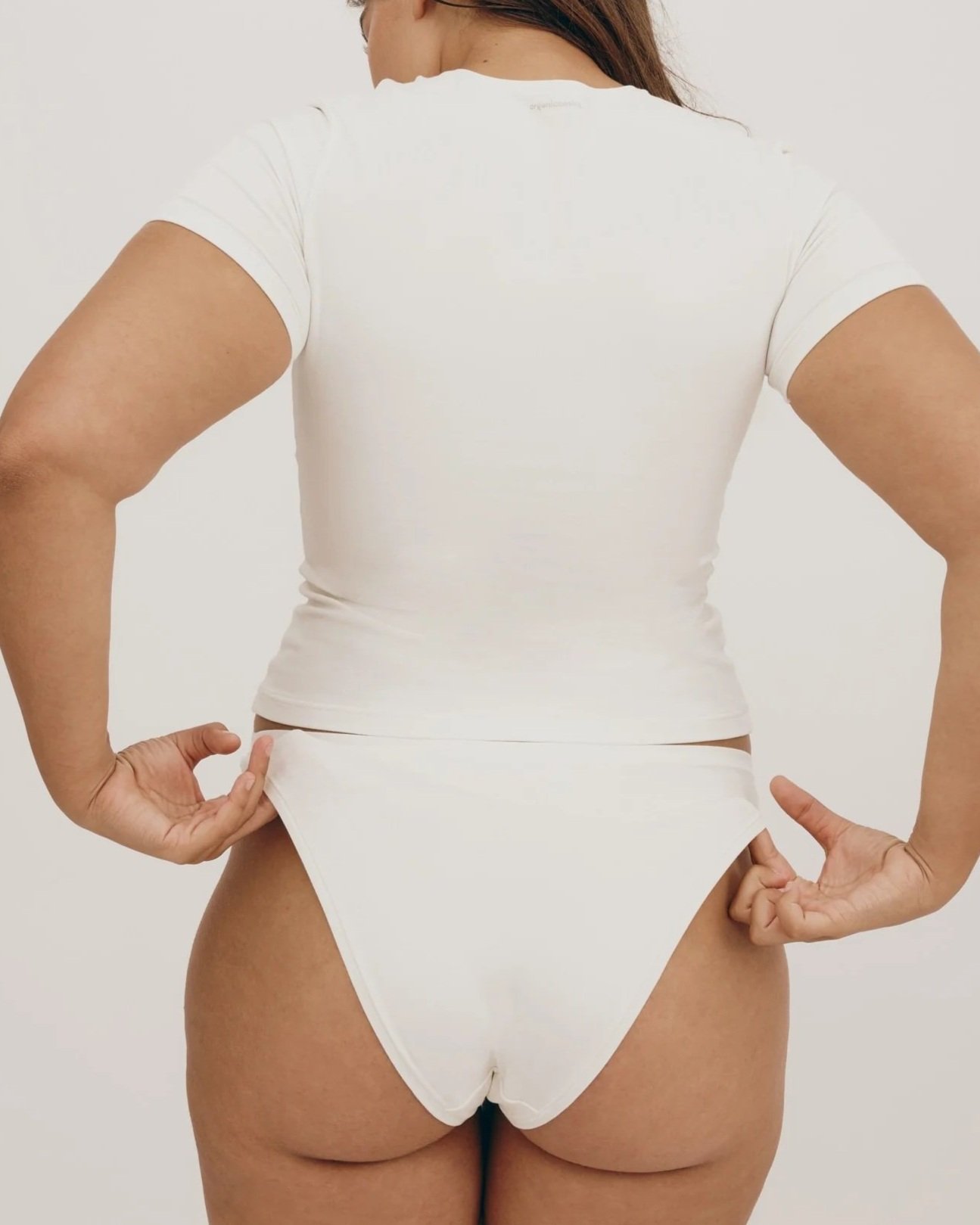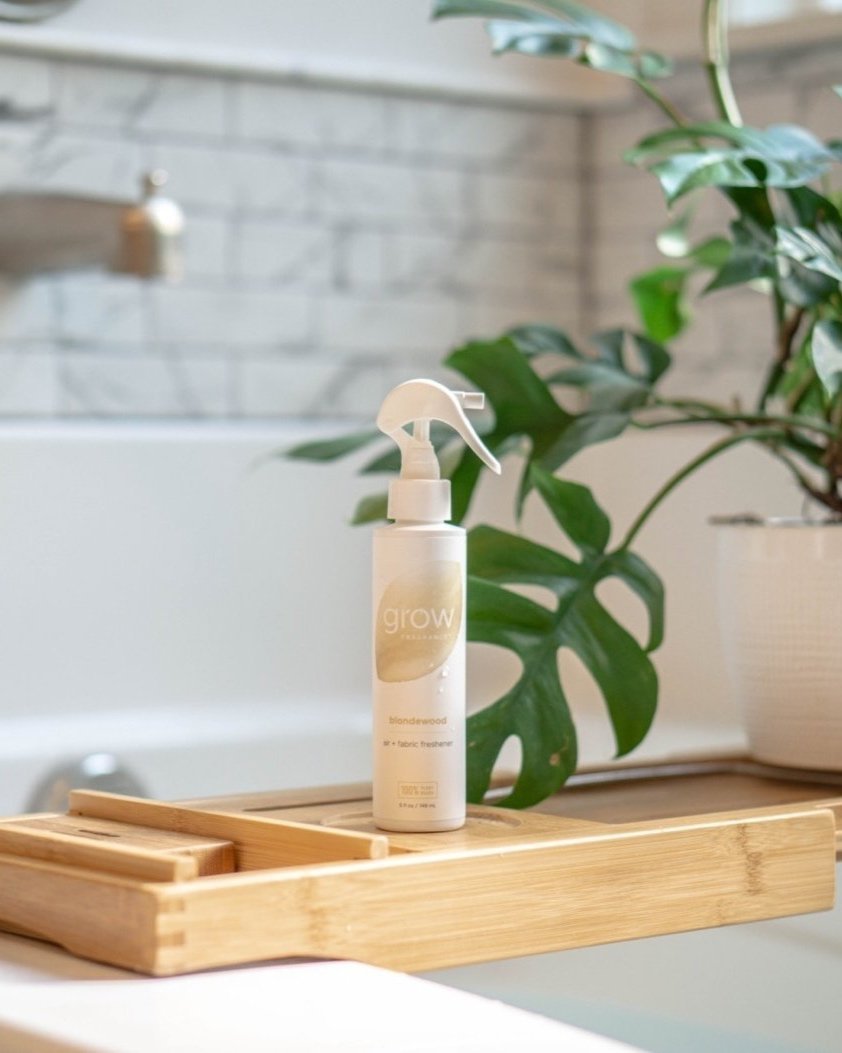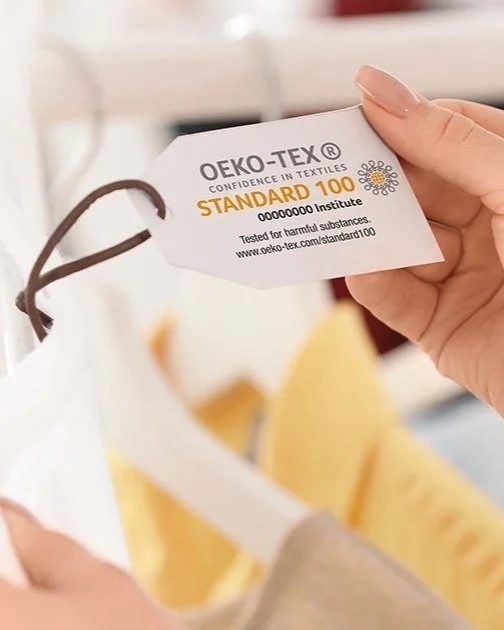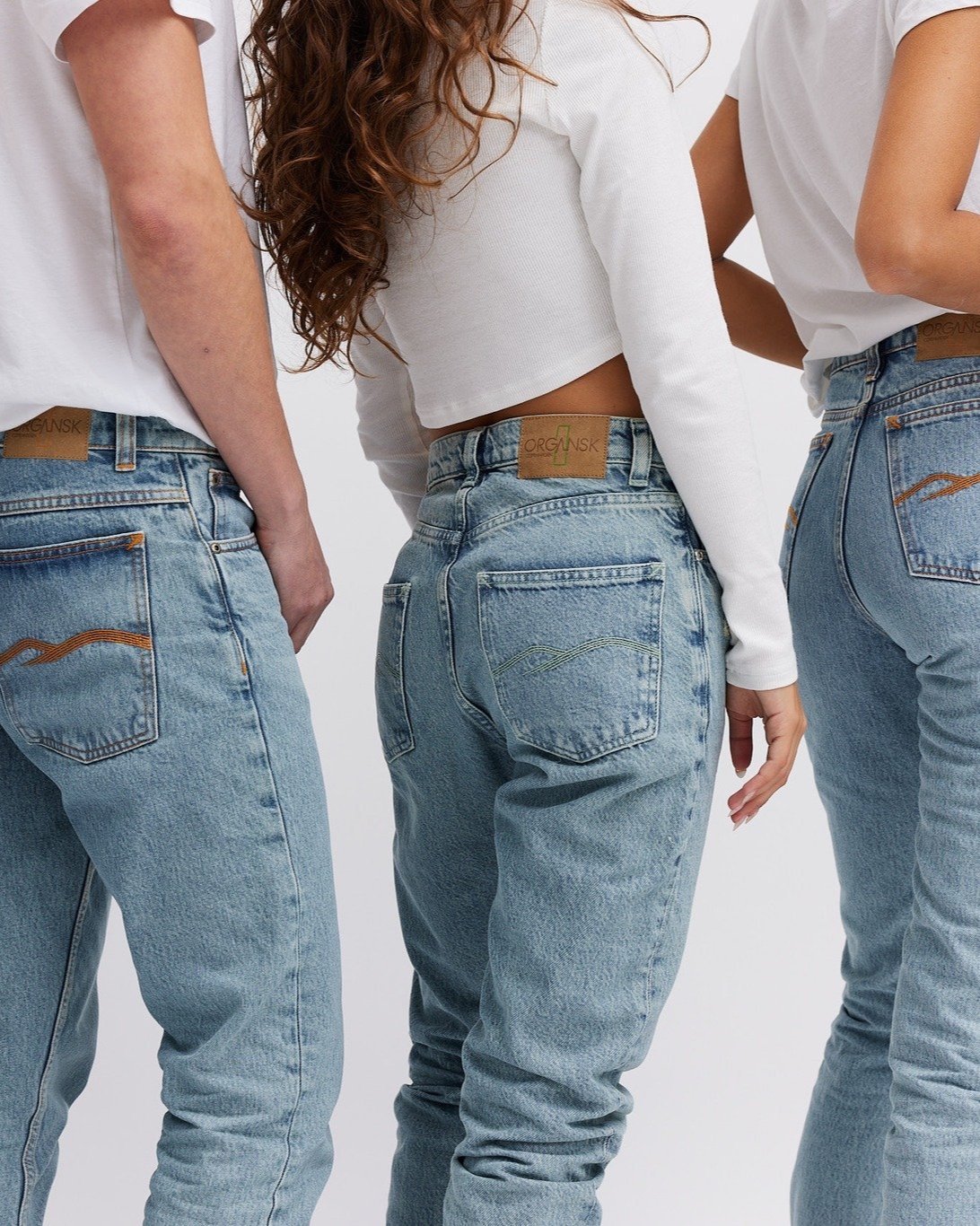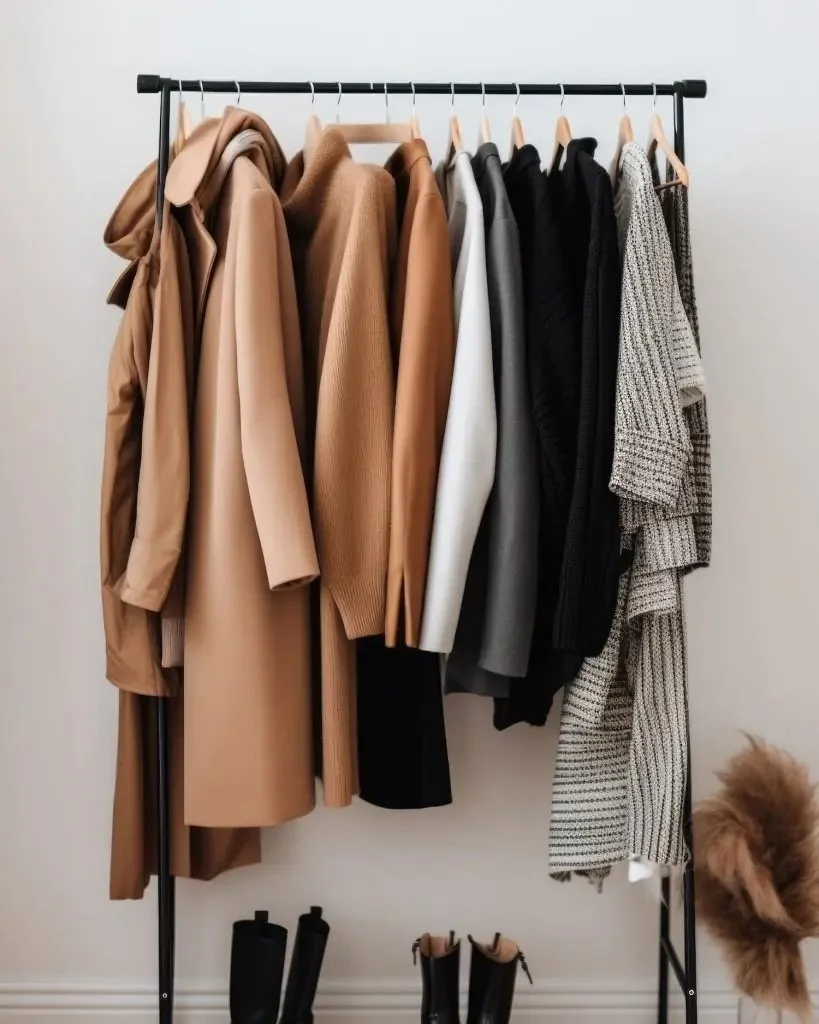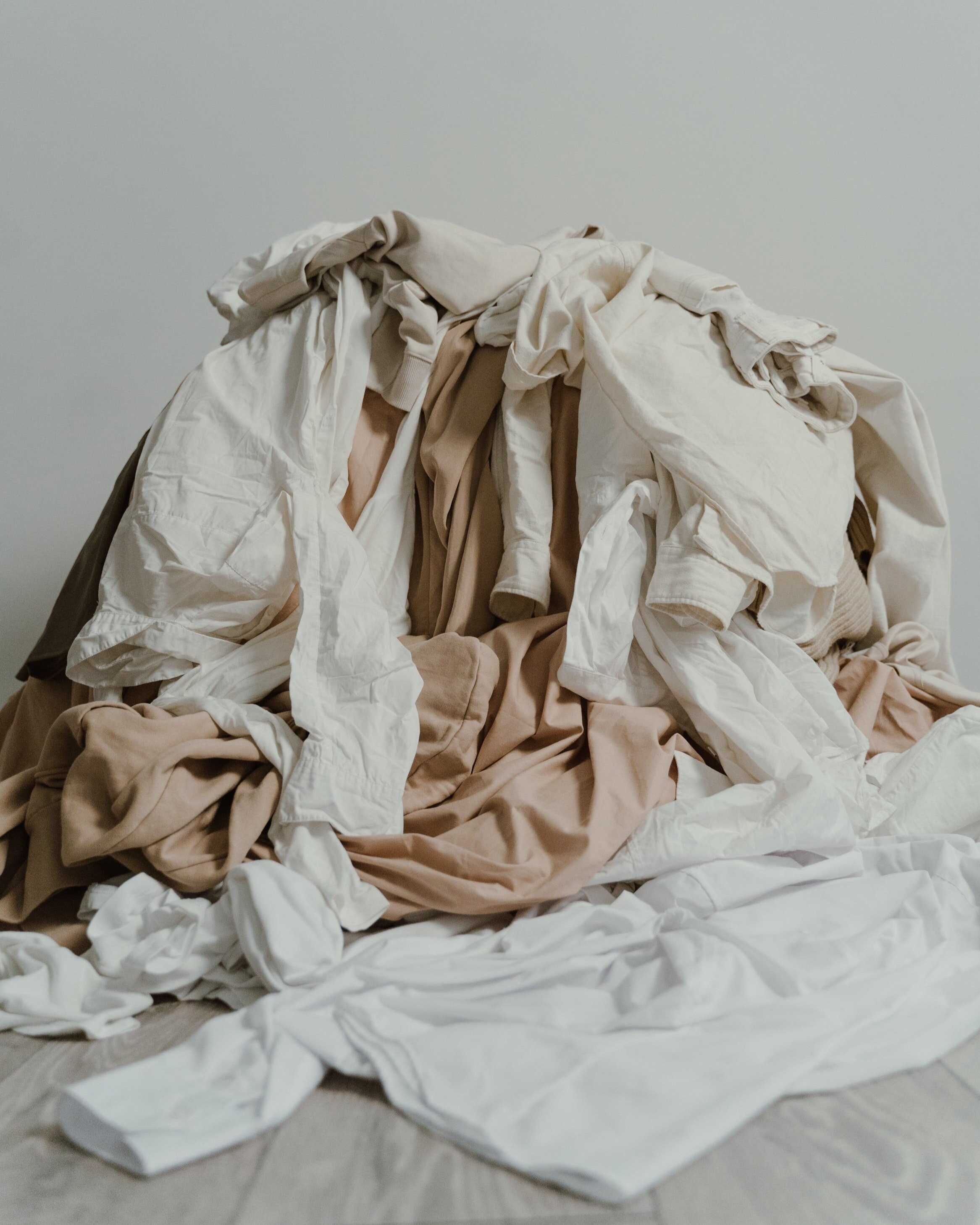Image: Crown Nine Jewelry
Meet the designers who are going above and beyond to source gold responsibly
Gold mining is often seen as dirty, polluting, and abusive. And while it often is, it doesn’t have to be. There are so many new initiatives in the jewelry industry that are supporting equity, helping communities, and creating new and better environmental paths.
So let’s talk about Fairmined gold! What it is, how it helps make the world better, and which designers are enthusiastic about making jewelry with it.
What is Farimined Gold?
The Fairmined Gold standard was developed by The Alliance for Responsible Mining (ARM). Since 2012, ARM has been working to create more gender equity, less danger, more resources, and better land stewardship in gold mining. Since it started, they have certified eight mines in South America and Africa.
What you should know about Fairmined Gold
Fairmined principles center on both people and the planet to help communities earn a dignified living and to encourage and support better ecological practices. There are approximately 20 million artisanal and small-scale (ASM) gold miners in the world. Some are operating as part of illegal activity; others are mining to escape poverty. Eight mines worldwide are part of the Farimined network of gold mines.
This is no small undertaking. The Alliance for Responsible Mining seeks out ASM miners to work with to help communities lift themselves out of poverty while also focusing on better and healthier methods of gold mining.
Fairmined operations are meant to stay small. Keeping their operations small not only contains and minimizes environmental damage but also allows for more personal connections between the miners and the organizations who are there to support them.
And while recycled gold is here to stay - in truth, gold has been recycled since its discovery 1000s of years ago - now that we have better options, we can support them. Fairmined gold adds to the choices we have when buying jewelry.
Fairmined gold supports an end to mercury in gold mining
The Alliance for Responsible Mining and the Fairmined process also helps miners curtail and eventually end their use of mercury in the mining process. It takes time, effort, new equipment, and resources for miners to make the switch.
And after all of the mining, certification, refining, and processing, the now-certified gold ends up in the hands of a small but mighty group of jewelry designers, all committed to sourcing and offering their gorgeous work with “gold you can be proud of”.
Jewelry designers who are proud to make Fairmined gold jewelry
The six designers listed have all made a commitment to making all or part of their jewelry in Farimined gold.
These jewelry designers all work with Fairmined Gold as a part of their dedication to a more equitable and fair future in the jewelry industry.
Meet the designers making Fairmined gold jewelry
1) Crown Nine Jewelry makes shopping for jewelry easy
Kate Ellen, the designer behind Crown Nine, a long-running jewelry shop in the Bay Area, has long made a commitment to environmental and human rights causes the cornerstone of her brand.
From her sunny shop in Sebastopol, CA, she makes organic and intentional jewelry to celebrate and commemorate every stage of life
Crown Nine Jewelry makes deep commitments to sourcing responsibly
Always conscientious about how she sources her metal and stones - her line is full of antique diamonds and Montana sapphires - she went through the extra step of getting licensed to use and sell Fairmined gold and now offers the Fairmined option for her entire collection. She even has a full selection of essential gold chains in Fairmined gold.
Why did Crown Nine get licensed to use Fairmined gold?
“My aim has always been to offer the most ethical and responsible products to my clients.” Says Kate Ellen.
“A huge part of what I do on behalf of my clients is research and think about these complex issues. As a consumer, it is a lot of information to metabolize, so I essentially am acting as a filter for them. I can say, ‘Everything that you see before you is the best our current markets offer’”.
“My clients can simply relax and enjoy the creative and artistic process of crafting their milestone jewelry. Fairmined is a no-brainer. It vastly improves the two factors I am always looking for - care for people and care for the planet.”
2) Bliss Lau Jewelry chooses transparency and kindness
Bliss Lau has always offered highly creative and expressive fine jewelry. Her thoughtfulness and intention are evident in each of her designs. For her, offering Farimined gold was core to her belief that all business decisions have an impact.
Bliss Lau even works with one of the few manufacturers in Asia to be licensed to use Farimined gold.
Bliss Lau Jewelry values transparency in her jewelry
“Our Fairmined Gold collection represents the future = Transparently made jewelry. I created a capsule collection of my signature designs,” says Bliss Lau.
“These pieces represent choice, identity, empathy, and kindness, all connecting from the earth to your body, supporting mining communities, families, and the environment.”
“This is a call to action. We must change how gold travels out of the earth and through the world. Knowing where our gold comes from and that it is not contributing to damaging the environment and hurting our bodies, especially as women, is so important. The process of how our jewelry is made is equally as important as the finished piece of beautiful fine jewelry.”
3) Mercurius Jewelry prioritizes the environment from beginning to end
Mercurius Jewelry is the dynamic duo of Alisa and David Thorp who produce their thoughtful collection and even cut some of their own rare gems and minerals. With a commitment to discovering the most delightful stones possible, it was a natural step to source Fairmined gold too.
Alisa, one half of the powerhouse couple making up Mercurius jewelry says, “Do you follow the philosophy of “know better, do better”?
“We have been a certified California Green business since we opened, but in that time we focused mostly on the environment without enough focus on environmental justice.”
“But now we know better. We were choosing recycled gold as our main metal option without taking into account the nearly 100 million people worldwide who depend on Artisanal and Small Scale Mining (ASM) of gold to survive.”
So now we will do better - beginning in 2021 we transitioned from using recycled gold as our primary metal option to using Fairmined Certified gold as our go-to metal - both for custom pieces and in our own collection”
Many of the stones that they use are cut in-house and sourced directly. They even offer a way to shop by stone and learn more about these rare minerals.”
4) Ofrenda Jewelry crafts responsible jewelry for spiritual transformation
Cecilia Echeverri, the designer behind Ofrenda Jewelry, designs symbolic jewelry - rich history and philosophy are her inspirations. As part of a recent design challenge crafted by Fairmined Official, she and 100 other designers worked to design and execute jewelry using all Fairmined gold. The result was her Unity Charm collection - made with all 14-karat Fairminedd gold.
Cecilia is guided by her principles: “Integrity and transparency - we promise to lead an honorable business and be honest about the materials we use while disclosing publicly as much information as we have available.”
“One of our core principles is community development - our commitment and what gets us most excited is to work with artisans and mining communities to support their initiative and have fulfilling livelihoods.”
“As a Fairmined licensed brand, we want to support the effort, commitment, and spirit of certified mines that want to work with sound business practices and be in the right relationship with the community and the Earth. Gold since antiquity has been an allegory for spiritual transformation. Ofrenda Jewelry is crafted from ancient principles to inspire the modern woman and what better way than jewelry made with Fairmined gold, transmuting mining into social impact.”
5) Truss and Ore Jewelry creates jewelry with a positive impact
Ana Brazaityte, designer and owner of this Bay Area-based jewelry brand crafts Bauhaus-inspired jewelry with an intense commitment to supply chain transparency.
“As a business, Truss and Ore is rooted in creating a positive impact. I am committed to working toward a jewelry industry that is beneficial to all people along the supply chain and prioritizes stewardship of the environment. This is reflected in my business and sourcing practices, as well as my volunteer work with educational initiatives and my philanthropic actions.”
Ana uses Fairmined gold in her Lietuva Ring and also for her bespoke and custom pieces. Her commitment to sourcing gemstones responsibly is no less impressive - she selects stones from traceable, mine-to-market sources.
6) Melissa Scoppa's thoughtfully designed jewelry in Fairmined gold
Melissa Scoppa makes personal and meaningful jewelry in the Bay Area. Inspired by historic design elements, she crafts pieces that are made to last such as her signet Sundial Ring. Her commitment to using the most responsible material, like Fairmined gold is no less important.
“I got into jewelry because I wanted to make meaningful and beautiful heirloom quality pieces for people to treasure,” Melissa says.
“With more research, I realized that if you are not deliberately being careful about where your precious metals are coming from, you are actually part of a harmful supply chain with impacts being felt by the people and environment where these materials are being mined.”
“When I sought to work in jewelry, I never imagined that the things I was making - my art could be linked to environmental destruction and exploitation. The use of recycled gold is not enough and not meaningful in making an impact on this topic, but by using Fairmined gold, I know exactly where my gold is coming from. I have assurances in place that my gold purchases are actually improving the mining communities and that the beautiful things I am making are helping people not hurting people.”
Finding hope at the very bottom of the jewelry supply chain is one way that we can make our way forward by increasing ethics and responsibility in the industry. Initiatives like Farimined Gold are working to create better systems that will benefit all of us.
About the Author
Sharon Zimmerman is a profit and eCommerce consultant for product-makers, a metalsmith focused on responsible sourcing, and a member of the Jewelry Glossary Project. She loves torches, hammers, and sharing.
MAKE SURE TO PIN THE PHOTO BELOW TO SAVE THIS POST FOR LATER!
WANT MORE SUSTAINABLE BRANDS? VISIT OUR BRAND DIRECTORY!
Our Brand Directory is home to hundreds of sustainable brands, from makeup to cleaning supplies, from underwear to shoes. We have broken everything down by category for easy shopping, along with discount codes unique to Sustainably Chic viewers.













